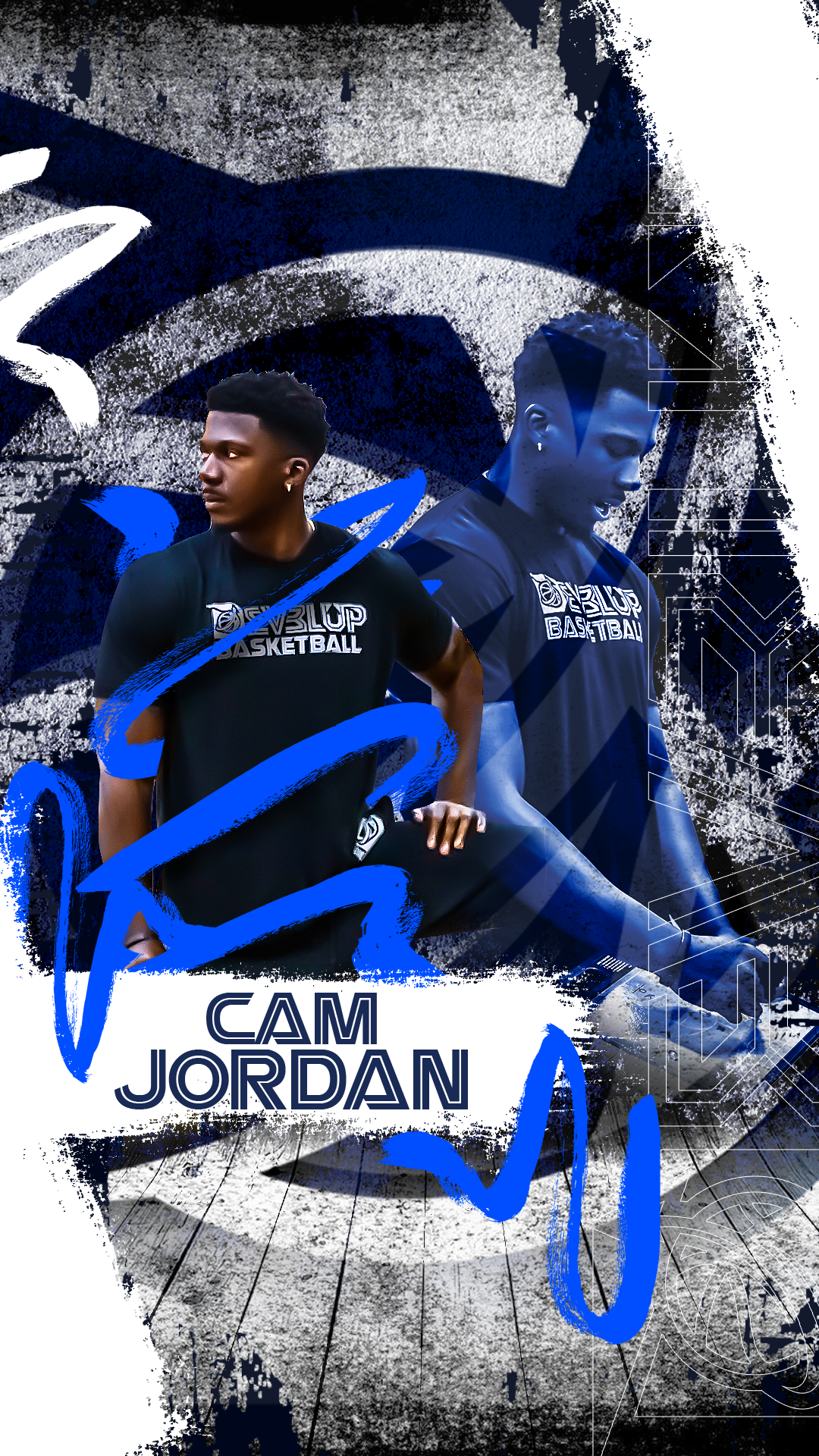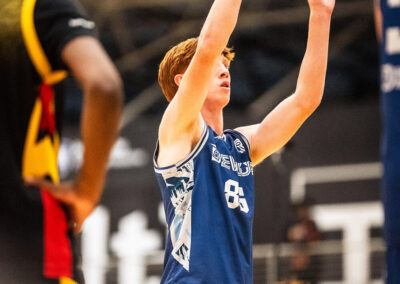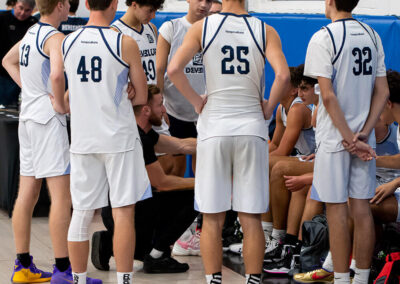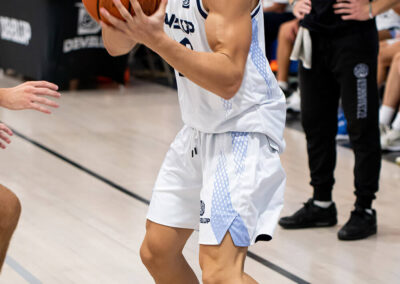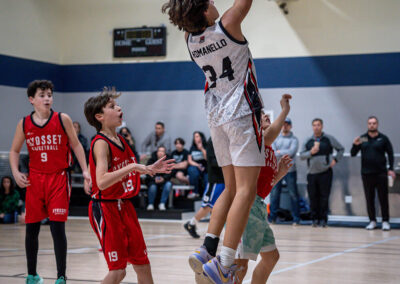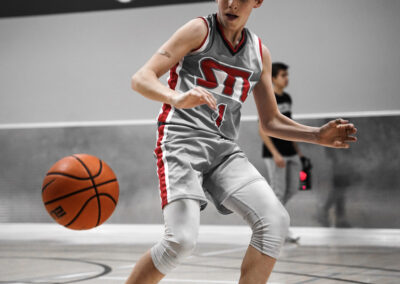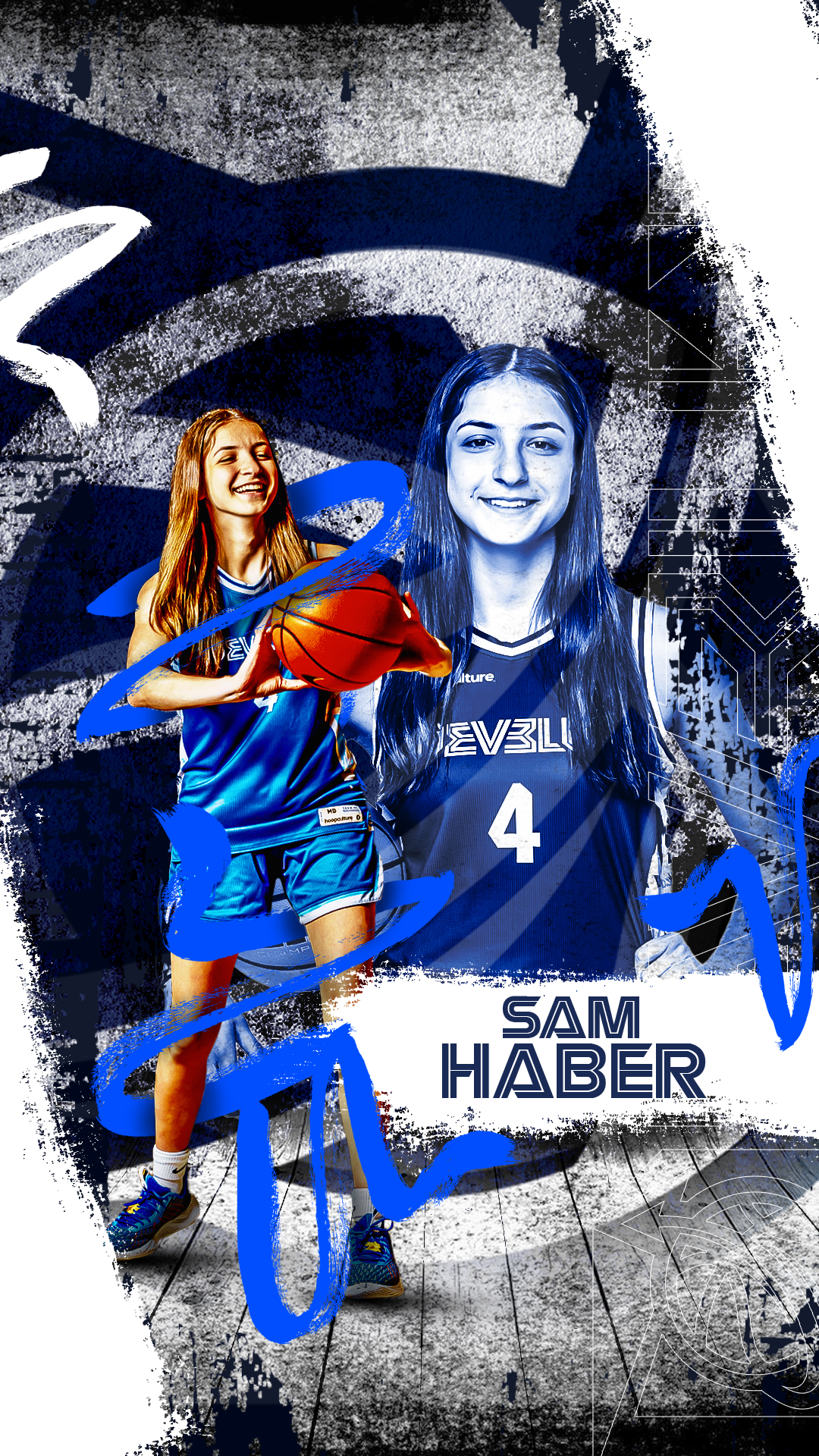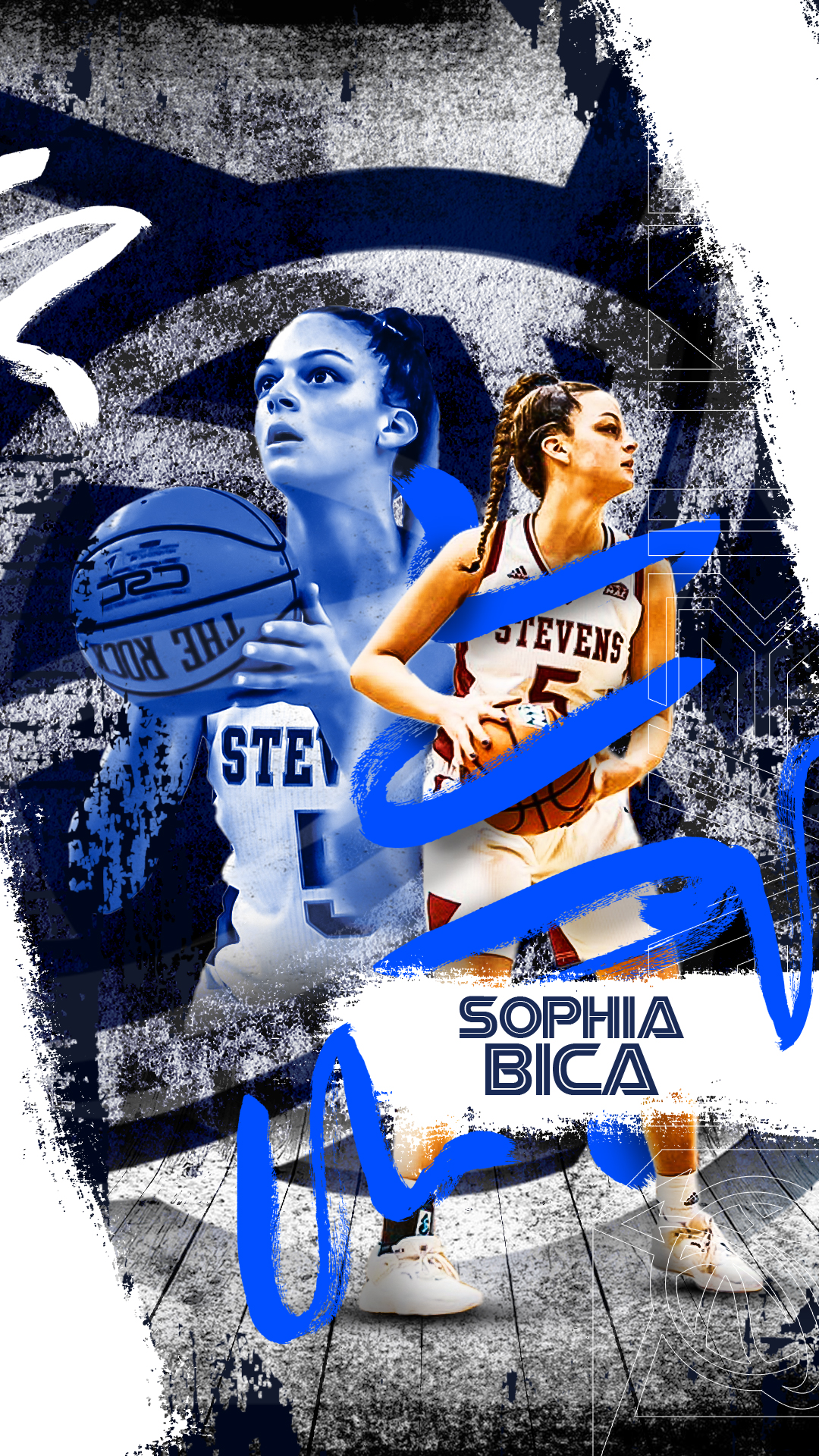Why Every Player Must Understand Illegal Screens
Basketball is a game of strategy, speed, and precise execution. Among the most misunderstood and frequently called fouls in the game is the illegal screen. Whether you’re watching an NBA game or coaching a high school team, you’ve probably seen it happen—a screen is set, contact is made, and the whistle blows.
So, what exactly makes a screen illegal? And more importantly, how can players avoid committing this costly foul?
Understanding illegal screens isn’t just about avoiding penalties—it’s about improving your team’s offense, protecting your reputation as a disciplined player, and gaining a competitive edge. At Develup Basketball, we believe that mastering the fundamentals—including how to properly set a screen—is what separates good players from great ones.
Understanding Screens in Basketball: The Basics
Before diving into what makes a screen illegal, let’s clarify what a screen is.
A screen (or pick) is an offensive maneuver where a player positions themselves to block a defender, allowing a teammate to move freely. Screens are often used in plays like the pick-and-roll, backdoor cuts, or isolation setups. When executed properly, a screen is a powerful tool to disrupt defensive formations and create scoring opportunities.
What Makes a Screen Illegal? 5 Clear-Cut Reasons
1. Moving While Setting the Screen (The Moving Screen Foul)
This is the most common illegal screen call. The screener must remain stationary at the point of contact. If you’re moving—shuffling your feet, stepping into the defender, or leaning—you’re violating the rule.
Example: A player tries to run into position and “bump” the defender out of the way—automatic foul.
Rule of Thumb: Get into position, set your feet, and stay still.
2. Not Giving the Defender Time or Space
Basketball rules require that the screener gives the defender enough space to avoid contact, especially when setting a screen from the side or behind.
High-risk scenario: Setting a screen on a fast-moving defender without warning—this increases the likelihood of a dangerous collision and results in a foul.
3. Extending Arms, Legs, or Body Lean
A legal screen must be set with feet shoulder-width apart and arms tucked in. Extending arms, hips, knees, or leaning your torso into the defender creates an unfair advantage and becomes an illegal screen.
Tip: Always stay vertical. Think of your body like a wall—solid and unmoving.
4. Late Screens in Transition Offense
In fast-break or transition plays, screens are often rushed or set without proper positioning. When timing and communication are off, screens become erratic—and usually illegal.
Solution: Practice controlled transition sets in training so screens are set deliberately, not instinctively.
5. Screens Set While Dribbling
A screen must be set by a player without the ball. Attempting to screen a defender while dribbling is illegal and confuses the play structure.
Exception: A pick-and-roll is legal if the screen is set by a teammate without the ball.
Common Scenarios Where Illegal Screens Happen
Even advanced players sometimes get called for illegal screens due to situational intensity. Let’s break down where and why they often occur:
| Situation | What Goes Wrong | |
| Fast-break offense | Screener sets without stopping first | |
| Pick-and-roll confusion | Screener moves during dribble or contact | |
| Off-ball screens | Player doesn’t alert teammate or give enough space | |
| Late-game desperation | Screens become sloppy under time pressure | |
| Defensive switch attempt | Screener moves to block a switching defender | |
Legal Screen Checklist for Players
To help players avoid fouls, we’ve created a quick checklist:
Are your feet set before contact?
Are your arms and knees within your body frame?
Did you give the defender enough room to adjust?
Are you communicating the screen to your teammate?
Are you standing still throughout the screen?
If you answered “yes” to all five, your screen is probably legal.

Real-Life Impact: Why It Matters on the Court
Illegal screens do more than disrupt plays—they cost possessions, can lead to player fouls, and give momentum to the opposing team. Here’s how understanding screen rules can elevate your game:
➤ Reduce Turnovers
Clean screens prevent offensive fouls, which means your team maintains control and maximizes scoring opportunities.
➤ Improve Offensive Efficiency
A well-set screen can open lanes, isolate defenders, and lead to uncontested shots or drives to the rim.
➤ Build Referee Trust
Players known for setting clean, legal screens are less likely to get borderline calls against them—reputation matters.
➤ Enhance Basketball IQ
Knowing when and how to use screens shows maturity and strategic understanding, making you a more valuable teammate.
Illegal Screens Across Different Levels of Play
- NBA & Professional LeaguesReferees allow a bit more physicality, especially in high-speed pick-and-rolls. However, blatant moving screens are still called frequently.
- College & NCAACalls are more balanced, but players must still demonstrate body control. Off-ball screens are heavily monitored.
- High School & Youth BasketballOfficials often have a zero-tolerance policy—any movement or arm extension is usually called, making it vital for young players to learn fundamentals early.
Drills to Master Legal Screens (From Develup Basketball)
- Stationary Screen Holds: Practice standing still for 3-5 seconds after “setting” a screen—improves discipline.
- Partner Screen Timing: Work with a teammate to learn timing and spacing before moving into the pick.
- Mirror Drill: Have a defender try to run around you without contact—this helps perfect verticality.
- Pick-and-Roll Sequences: Practice both roles (ball handler and screener) to understand what clean execution feels like.
Master Your Fundamentals with Develup Basketball
At Develup Basketball, we don’t just teach how to play—we teach how to play smart. Our experienced coaches train athletes in the subtleties of offensive movement, including legal screen-setting, off-ball tactics, and team coordination.
Explore our training programs: https://develupbasketball.com/training
Learn about our mission: https://develupbasketball.com/about
Want to eliminate fouls and elevate your screen game? Join our academy today and take the next step in your basketball journey.



















